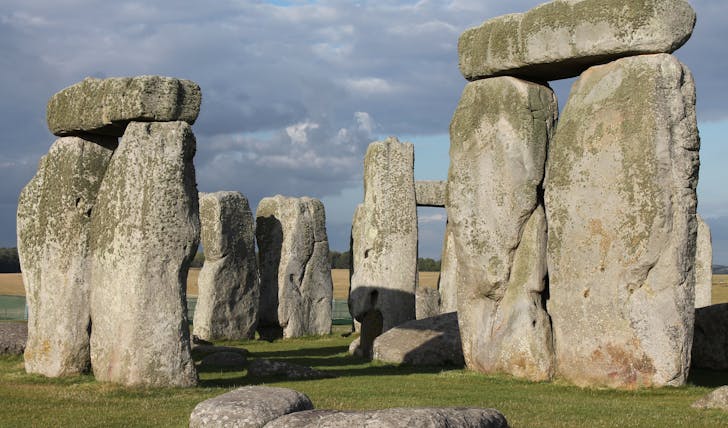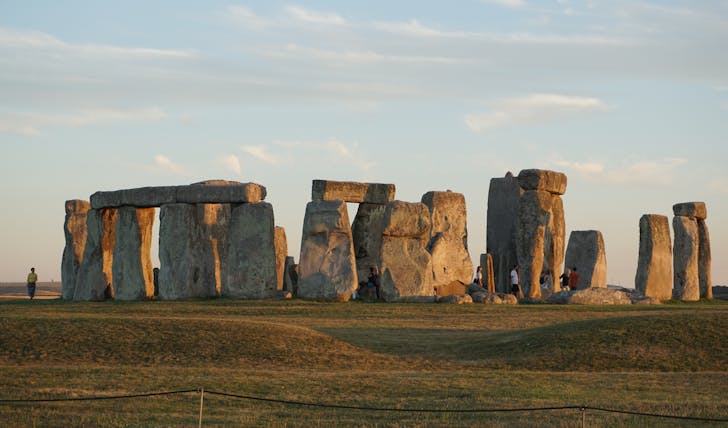Stonehenge, the prehistoric monument that has stood in silent testimony to ancient engineering and mystery on the Salisbury Plain of southwest England, has long captivated the imagination of historians, archaeologists, and laypeople alike. Its massive stones, arranged in a complex formation, have puzzled experts for centuries.
What was the purpose of this colossal structure? A new study published in the journal Antiquity might hold the key to unlocking one of its longstanding secrets.

Kris / Pexels / Per the study, Stonehenge may have been an ancient solar calendar, marking the passage of 365¼ days each year, almost mirroring the precision of our modern solar calendar.
A Calendar Set in the Oldest Stone?
For years, scholars have speculated about the function of Stonehenge, suggesting it could be anything from a religious temple to an astronomical observatory. However, the idea that it might serve as a calendar has always been particularly intriguing, given the monument's apparent alignments with celestial events like solstices and equinoxes.
Professor Darvill's research indicates that the ancient builders of Stonehenge had a sophisticated understanding of the solar year, almost as accurate as today's calendar, which counts 365.2425 days per year. The significance of this finding cannot be overstated.
It suggests that the people who constructed Stonehenge over 4,500 years ago had not only a deep connection with their environment but also a remarkable ability to observe, measure, and mark the passage of time with incredible accuracy.
How Mysterious Is Stonehenge?

Nom / Pexels / The recent study, led by Timothy Darvill, a professor of archaeology at Bournemouth University, offers compelling evidence that the largest stones at Stonehenge indeed embody a solar calendar.
This groundbreaking discovery was made possible through a combination of detailed archaeological analyses and a better understanding of Stonehenge's structure and orientation. For many years, theories regarding Stonehenge's purpose and function proliferated without conclusive evidence to support any one claim. The new study stands out because it builds on an enhanced comprehension of the site, thanks to technological advancements and more refined archaeological methods.
Darvill's research proposes that the arrangement and placement of the stones were intentionally designed to mark days, weeks, months, and even the progression of the seasons.
A Glimpse Into Ancient Minds Beyond Calendars
The implications of Stonehenge functioning as a solar calendar extend far beyond our understanding of how ancient peoples measured time. It provides a fascinating glimpse into their daily lives, societal organization, and spiritual beliefs. A calendar is not just a tool for tracking days. It is integral to agriculture, religious ceremonies, and social gatherings. If Stonehenge indeed served this purpose, it underscores the monument's importance as a central hub for those who built and used it.

Bernd / Pexels / By aligning certain stones with the movement of the sun and possibly the moon, ancient peoples could have used Stonehenge as a complex calendar system, tracking time with remarkable precision. The research suggests.
This discovery highlights the ingenuity and sophistication of Neolithic societies. The builders of Stonehenge demonstrated not only advanced knowledge of astronomy and mathematics but also the capability to organize large-scale construction projects that have stood the test of time. Their achievements challenge our perceptions of prehistoric peoples as primitive or unsophisticated.
Stonehenge Is a Living Monument to Time
Today, Stonehenge continues to draw visitors from around the world, its stones standing as silent witnesses to the passage of millennia. The idea that it may have served as an ancient solar calendar adds a new layer of meaning to this enigmatic monument.
It invites us to consider how our ancestors understood and celebrated the intricate dance of the Earth and the sun.
